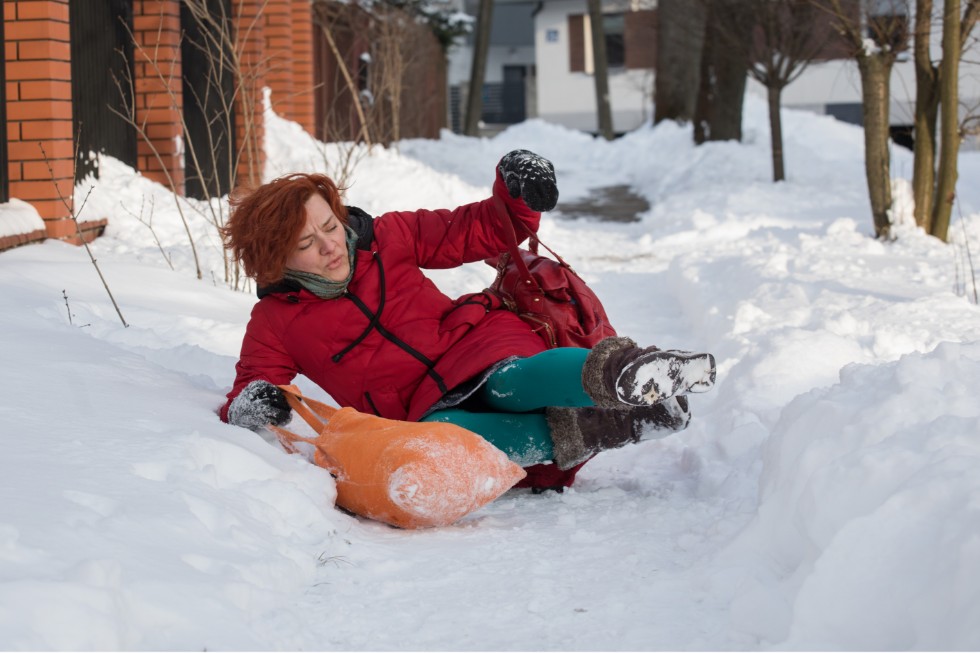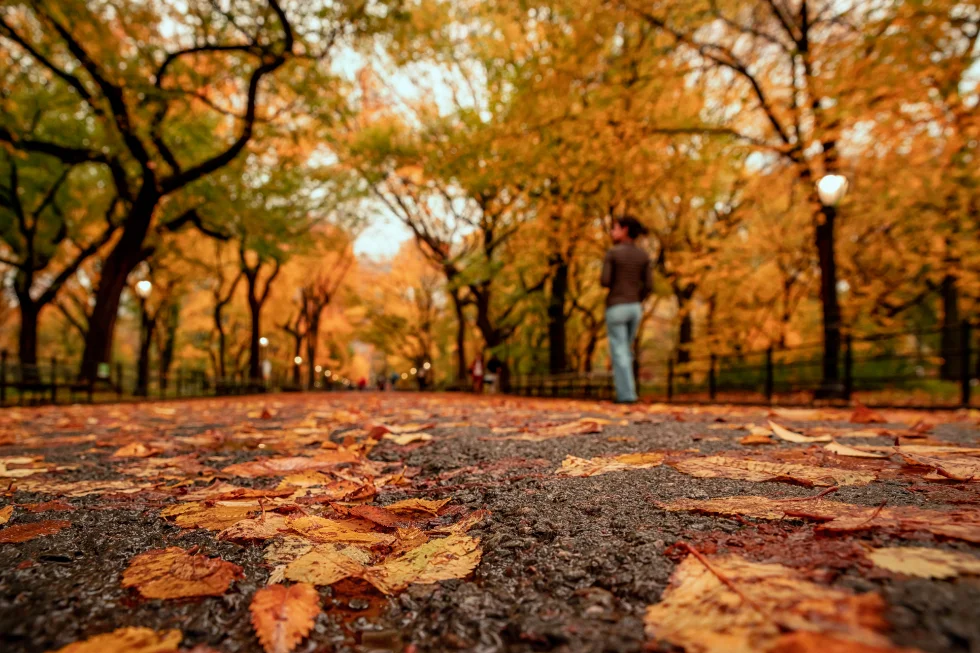Icy sidewalks, slippery building entrances, and hidden dangers such as black ice make slip-and-fall accidents all too common in New York City during winter. These incidents, often caused by property owners neglecting to clear snow and ice on their premises, can result in serious injuries.
This article will cover common winter hazards, tips to stay safe, and what to do in case of an accident.
Common Causes of Slip-and-Fall Accidents During Winter
Here are the most common causes of slip-and-fall accidents to watch out for during New York City winters:
- Icy or snow-covered sidewalks: It is the responsibility of property owners to clear the sidewalks near their property. When they delay shoveling and salting them, pedestrians might slip on ice or packed snow and suffer from injuries.
- Slippery entrances to buildings: As people track snow and ice indoors, lobbies, steps, and hallways become wet and hazardous. Without proper mats or maintenance, these areas can quickly become dangerous.
- Poorly maintained public spaces: Inadequate snow removal, untreated surfaces, and uneven terrain worsened by snow create ideal conditions for falls. Parks, subway entrances, crosswalks, and other public spaces are where pedestrians become particularly prone to slipping and falling.
- Hidden hazards: Black ice (thin, nearly invisible ice) poses a major hazard, particularly in shaded areas or spots with poor drainage. Snow in hidden cracks, potholes, and uneven surfaces is especially hard to avoid.
Practical Tips to Avoid Slip-and-Fall Accidents
Understanding these common causes can help you stay safe during NYC’s harsh winters, but accidents may still occur due to someone else’s negligence. A few practical strategies can significantly reduce your chances of slipping and falling.
Wear Proper Footwear
Opt for boots or shoes with non-slip soles and excellent traction. Smooth-soled footwear, like dress shoes, can make it nearly impossible to keep your balance on icy or wet surfaces. Winter-specific footwear designed for snow and ice will give you the grip you need to stay steady.
Walk Cautiously
Take slow, intentional steps while keeping your weight balanced over your feet. Avoid rushing, as sudden movements or a quick pace increase the risk of slipping. Treat every sidewalk or entryway as if it could be icy, and slow down when walking along potentially hazardous areas.
Be Alert for Black Ice
Black ice is one of winter’s most dangerous hazards mainly because it’s transparent, blending in seamlessly with the pavement so it’s hard to spot. Pay close attention in shaded areas, on sidewalks near curbs, and in areas where water tends to collect and freeze. Err on the side of caution; don’t assume a surface is safe just because it looks clear.
Use Handrails and Support
When walking up or down stairs or ramps, always use available handrails for added stability. These areas can accumulate ice and snow quickly, so holding on for support can prevent a sudden slip.
Stay on Cleared Paths
Stick to sidewalks and walkways that have been shoveled and salted. It can be tempting to take shortcuts through snow-covered areas, but hidden hazards like uneven pavements, ice, or debris can lead to a fall.
Pay Attention Indoors
Building entrances, lobbies, and hallways often become slippery as snow and ice are tracked indoors. So, be cautious around wet mats, puddles, and tiles, and watch for areas that haven’t been maintained properly.
What to Do After a Slip-and-Fall Accident
If you get into a slip-and-fall accident, taking the right steps immediately can protect your health and strengthen your claim for compensation. Here’s what you should do:
- Seek medical attention: Your health comes first. Some injuries may seem minor, but it’s best to get checked by a healthcare professional to be safe. Certain injuries, such as sprains or concussions, might not show symptoms right away. Medical records also serve as crucial pieces of evidence, so it’s important to consult a doctor immediately.
- Document the scene: Take clear photos of the hazard that caused your fall — such as ice, snow, or uneven surfaces — and your injuries. Conditions can change quickly, so document the scene as soon as possible.
- Report the accident: Notify the property owner, manager, or landlord about the incident. If it happened in a public space, report it to the appropriate authority. If possible, request a written incident report.
- Collect witness information: If anyone saw the accident, ask for their names and contact details. Witnesses can support your statement, which can help strengthen your case.
- Contact a personal injury lawyer: Dealing with a slip-and-fall claim can be complex, especially without legal assistance. Having experienced New York City slip-and-fall attorneys like Keith D. Silverstein & Associates assist you in understanding your rights, collecting evidence, and seeking fair compensation is invaluable. Compensation can help cover medical costs, lost wages, and other damages resulting from your accident.
At Keith D. Silverstein & Associates, our experienced New York City slip-and-fall attorneys are committed to helping victims pursue claims that are rightfully theirs. Contact our legal offices or leave us a message today.



